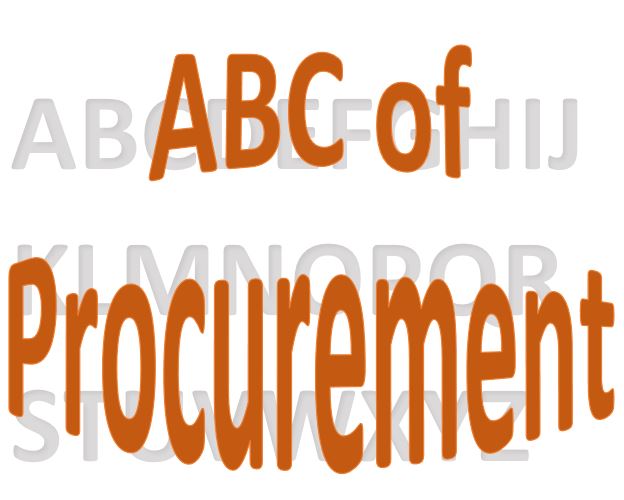In my career I had to write up policies several times from scratch. And it is quite time consuming and not really easy. If You Google “procurement policy” a bunch of results will come up. In the sources section I have collected a couple of good examples for you.
But, let’s start from the beginning. What is actually a policy. One of the definitions provided on Wikipedia is:
” A policy is a statement of intent, and is implemented as a procedure or protocol… Policy or policy study may also refer to the process of making important organizational decisions, including the identification of different alternatives such as programs or spending priorities, and choosing among them on the basis of the impact they will have.”
So, the policy clarifies to everyone your priorities and basic rules, we could say.
Personally, I do not make policies a long document. About two pages are more than enough to explain the basic rules and regulations to all. Then, if they need to go into more details, there are SOP’s, guidelines, manuals and all other documentation. The policy handles the rules. It does cover the “why”, but should not go into the “how”.
For me, this is how it practically goes.
The basic structure of documentation in a company looks usually like this

What should the policy do? It is a document that should be read by people who are in contact with procurement. Basically everyone. What do you need to explain to everyone?
- The basic rules of procurement in your organization
- How do they request goods.
- Who is approving requests, orders, payments.
- When they can expect the order to be processed. Some basic timelines.
Let us dig a bit deeper into each point
The basic rules should explain to everyone what they should do when they need something to be procured for them. Not in too much detail, just that they know where to start. So, a sentence like
“all purchasing above the value of 1000$ must be executed by the purchasing team.”
is a good start.
How do they request? The question by the stakeholder is:” OK, I need something. Where to go, what to do?” Either they need to fill a form (where is it?) or use a system, or come to the procurement office. You can even refer to the manual or SOP.
The approval matrix is something I love to place in the policy, even it is not common. It makes my life easier if everyone knows who will need to approve their request. This way I avoid being the middle man answering questions from finance by asking the requestor. “Why does he need XYZ if there is on Amazon XZY for half the price?” I don’t know and need to spend hours to investigate and understand the specification and use to be able to answer. If the requestor knows who will ask the question he will go directly and get everyone’s buy-in even before he placed the request. Half of the job done
Timelines. Managing expectations is a big part of the procurement process. It avoids frustration and helps stakeholders to plan their work. Yes, there will always be people who simply don’t plan and then push for fast delivery. But at least the remaining 80% will know what to expect.
And that, in my opinion, is the policy. Some companies will mandatorily add the anti-bribery and anti-corruption clauses here. Some will have it as a separate policy. In some cases, the first paragraph will be around the vision and mission of the company. Just to have it in line with the general company policy. Many people need to read it, so keep it short and to the point.
If you think there are some other points that need to be included, please add them to the comments section.


